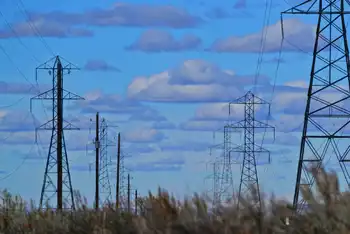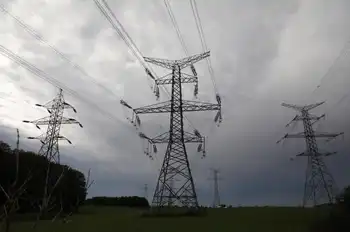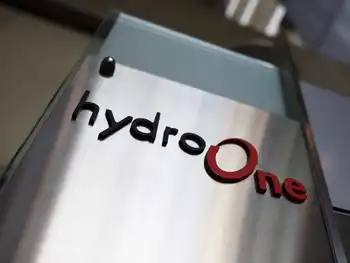Bullying over bill payment might backfire
By Toronto Star
High Voltage Maintenance Training Online
Our customized live online or in‑person group training can be delivered to your staff at your location.

- Live Online
- 12 hours Instructor-led
- Group Training Available
But disputes often get aggravated when outsourced call centres try to handle billing complaints.
Take Deana Malcolm, who had to disconnect both her household iPhones because of frustration with Rogers.
Though she had a long-distance plan and hadn't used up the minutes, she kept getting billed for extra calls.
She found herself correcting the same billing errors for six months in a row.
"We are not able to complain to a supervisor at Rogers," Malcolm wrote.
"Each month, we are at the mercy of the employees at a call centre."
Her final bill of $1,723 had early cancellation fees, late payment fees and long-distance charges that should have been covered by her monthly plan.
After contacting me, Malcolm's cancellation fees were waived. And the final bill was wiped out once all the credits were applied properly.
Zoe Knox was frustrated trying to get her mother out of a satellite TV deal with Bell Canada.
Her Ukrainian-born mother, who's in her 80s, decided to switch from cable when she saw a Bell kiosk in her seniors' residence.
"The sales rep needed a credit card or phone number to set up the contract. My mother has no credit card and was asked for her birthday, which she could not remember.
"She gave her hospital ID card, which had a phone number on it, and so the account was set up.
"Now I have a contract for two years and the penalty for cancellation is $150," says Knox, who handles the bills.
Her mother couldn't use the new satellite TV system, as she was becoming more forgetful.
Knox cancelled the contract, but couldn't get Bell to cancel the fee.
She argued that giving a phone number shouldn't be enough to serve as consent.
"Above my mother's signature, it states that she read the terms on the back. My mother's vision is not 100 per cent and she cannot read English. And I could not see any mention of a two-year obligation in the terms."
Bell spokesperson Jazon Laszlo promised to deal with this complaint.
Soon after, I heard from Knox that the contract had been voided.
Peter Collins was getting calls from Direct Energy, saying he owed $71.93 for breaking his five-year contract.
Since he had moved to a condo where gas was already supplied – and since Direct Energy has a policy not to charge cancellation fees in such a case – he supplied proof of moving, as requested.
Despite several attempts to prove he had moved, he found himself fielding calls from a collection agency.
"Mr. Collins did contact us to let us know he was moving," said Lisa Frizzell, a Direct Energy spokesperson.
"When we received the documentation we requested, it was not processed correctly. This was an unfortunate error on our part.
"We are sorry for the inconvenience he experienced."
I often get emails from people who said they looked for an ombudsman at Bell, Rogers or Direct Energy and found my name.
I'm sad to see these companies bully customers for payments when their billing systems and call centres are prone to making errors.
Maybe in a recession, they will finally realize they have to treat customers with respect or risk losing them forever.











